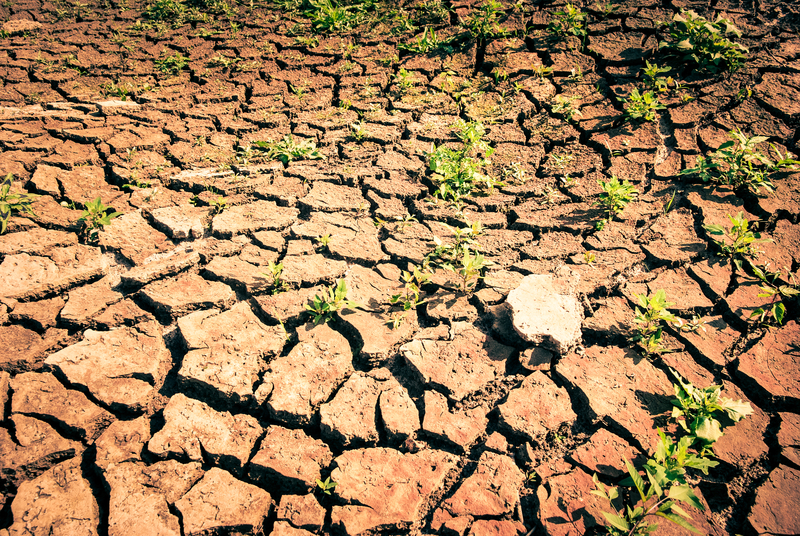The success of your garden isn’t just about choosing the right plants for your location. It’s also crucial to learn how to properly plant your seeds. Once you learn what your garden needs to survive in a lower rainfall environment, you'll watch it flourish instead of shrivel!
First Step: Planning
Capitalize on a warm climate by planting early in spring to harvest before the summer heat, or in early fall to harvest before winter sets in.
In summer and winter, or any other times you choose not to plant, plan on amending your soil. You might consider a layer of charcoal beneath the soil, as well, to hold even more water and provide nutrients.
Moisture Loss and Watering
Mulching is an excellent technique to help the area around your plantings catch rain. If you have cuttings from other plants, mulching with them allows some of the moisture from those cuttings to go into the soil. Plastic sheets that cover the soil can also be an option, although you should be aware they raise the temperature of the soil.
If you plan a drip system, consider building it with water filters (to prevent clogging) and a valve or stop (to prevent water from dripping when the soil is already moist). If you choose another method of watering, pay attention to your soil and let it tell you when to water, rather than watering daily. Test a patch about 6 inches deep and control your irrigation, so you will have water when you need it. Pinch a bit of soil between your fingers. If it holds together, don’t water, but if it falls apart easily, it’s time to water.
When planning the drought-resistant garden, resist planting in rows. Clustering plants together leaves them less exposed to evaporation, and allows taller plants to provide shade to smaller plants.
Enclosed areas and raised beds are more moisture rich than seeding into open ground.
Best Vegetables for the Drought Resistant Garden
Generally speaking, plants native to the Southwest will be easiest to grow, followed by plants with a deep root structure.
Best drought-resistant vegetables for hot climates
- Beans (all varieties, pole and dry beans)
- Cantaloupe
- Okra
- Cucumber
- Eggplant
- Melon
- Pepper (all varieties)
- Sweet Potato
- Tomatillo
- Jicama
- Sweet and Seed Corn
- Squash (Winter and Summer)
- Watermelon
- Tomato (like Early Girl, Roma, Marvel Striped)
Here is a list of vegetables you might have success with in dry climates:
- Rhubarb
- Arugula
- Chard
- Turnips
- Potatoes
- Endive
- Garlic
- Leeks
- Cabbage
- Onions
- Spinach
- Asparagus
- Woody Herbs (Rosemary, Thyme, Sage, Oregano)
- Beets
- Broccoli
Do you have any other tips for growing plants in drought-prone areas? Are there any other seeds that do well in these locations?
Article Source: Off The Grid News
